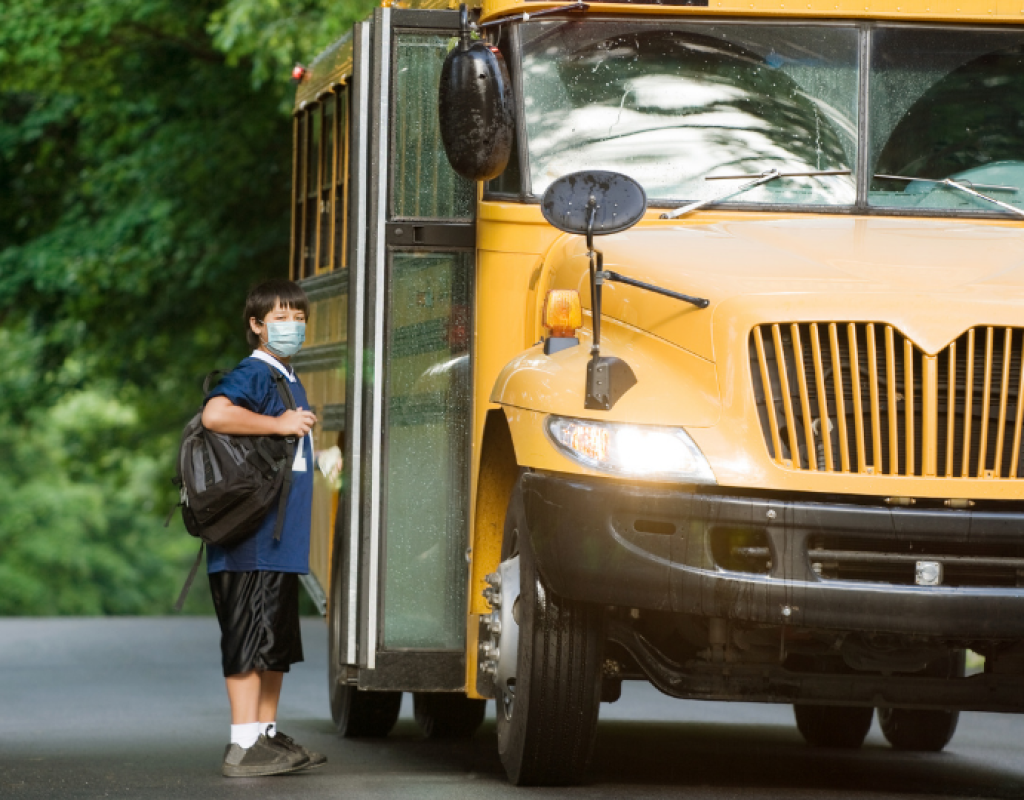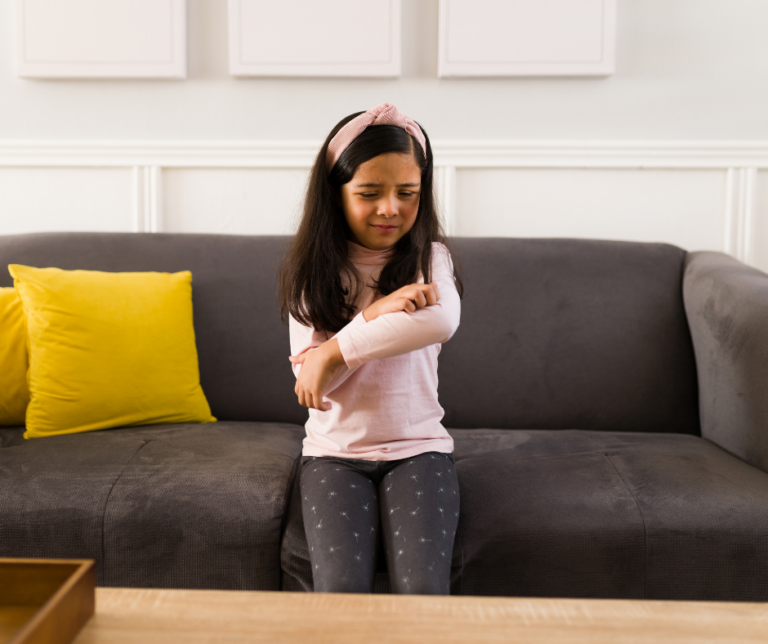This fall marks an exciting time across the country as many students return to in-person instruction for the first time since the start of the COVID-19 pandemic. Protecting children from the virus is undoubtedly the priority for most parents at this time, however it is important to remember there are also other aspects to school safety that need to be followed to ensure children experience a secure and happy return to the classroom.
COVID Safety
The CDC has set several guidelines for COVID-19 prevention in K-12 schools. All individuals eligible to receive a COVID-19 vaccine (ages 12 and up) are encouraged to do so as vaccination continues to be the primary public health prevention strategy to end the pandemic.
Due to the highly contagious Delta variant, the CDC recommends all students and staff to be masked at all times regardless of vaccination status. In addition to masking, it is recommended that students maintain a physical distance of three feet whenever possible while at school.
Remind your students to wash their hands with soap and water for at least 20 seconds, especially before and after eating, coughing/sneezing, or adjusting a face mask.
To limit the spread of COVID-19 as well as other germs, children should stay home from school and other activities if they have any signs of illness or a fever.
Transportation Safety
No matter how your child commutes to school, it is important to remind them of the relevant safety considerations as they are things that could have easily been forgotten over the past year. If your child walks to school, make sure they always use the sidewalk. If no sidewalk is available, tell them to walk facing the traffic. Always look left and right before crossing any street to see if any cars are coming. For the parents of children who bike, make sure they ride on the right side of the road in single file. Always come to a complete stop before crossing a street, dismount, and walk the bike across the road.
If you drive your child to school, make sure to check if there are new procedures for drop-off and pick-up. In addition, avoid double parking as it inhibits visibility, don’t load or unload your child across the street from the school, and try to carpool whenever possible to alleviate congestion.
Bus safety is arguably the most important of all, so if your child rides the bus to school be sure they are aware of the safety protocols they need to follow. Take your child to the bus stop in the morning until you are confident that they know the correct way to get on and off the bus. While waiting for the bus, children should be six feet away from the curb. After exiting the bus, the child should walk on the side of the road until they are ten feet in front of the bus before crossing. If you are driving behind a bus, always allow a larger following distance than if you were driving behind a car.
Read this article for parent drivers from the National Safety Council.
Injury Prevention
Backpacks can cause injury. Make sure your child is using both straps on their backpack to evenly distribute the weight on their shoulders, and avoid overstuffing backpacks with heavy items. Rolling backpacks can create tripping hazards, so make sure your student is careful to stow them away when not in use. Also leave necklaces and clothing/backpacks with drawstrings at home as they can be strangulation hazards on the playground.
Online Safety
With children spending more time online than ever, parents are struggling to ensure their safety from online predators and cyber bullies. Remind your children to never give out personal information such as address or telephone number online, and to never agree to get together with someone they meet online without first checking with you. Encourage your child to talk with you about anything they come across that makes them feel uncomfortable. Set firm rules for going online and using a mobile phone, including the time of day they can be online, the length of time online, and appropriate sites, programs, and platforms they can visit.
Read our blog for a list of tips and resources to help keep your kids safe online.
Review the Federal Trade Commission’s resource page for protecting kids online.





